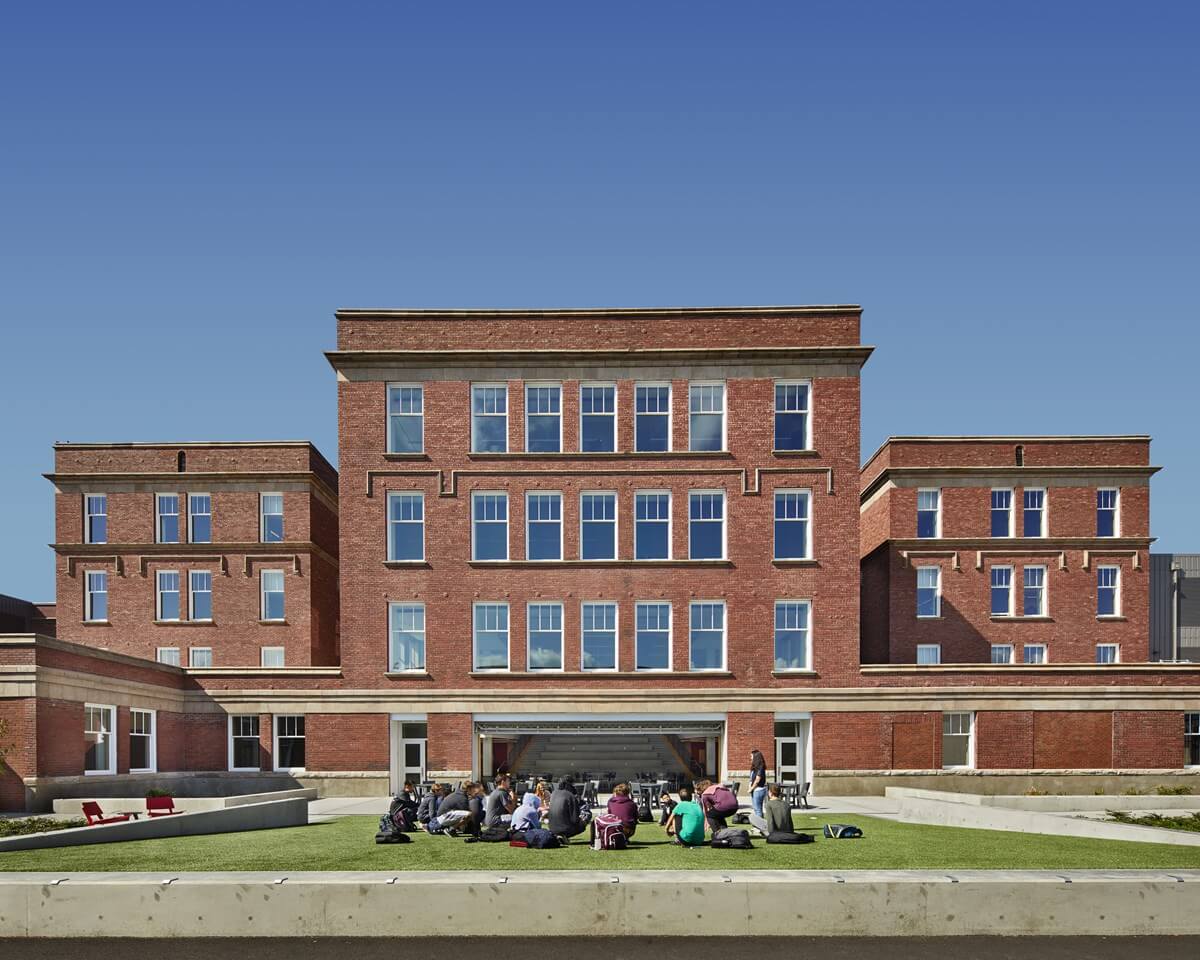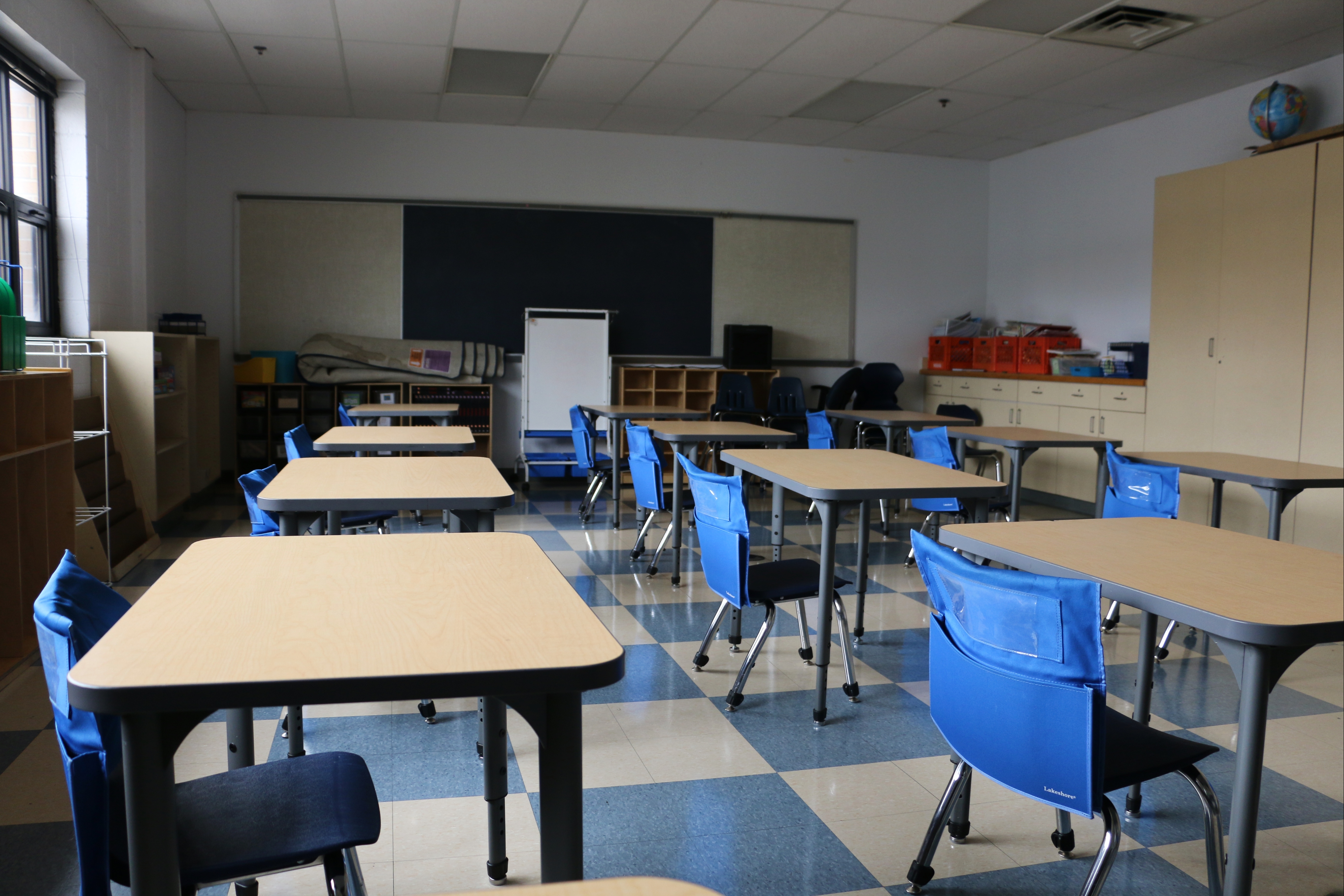Cutting-edge Solutions to Save Temecula Schools from Budget Plan Cuts
Cutting-edge Solutions to Save Temecula Schools from Budget Plan Cuts
Blog Article
The Influence of Institution Environments on Academic Success and Personal Well-Being
The institution environment considerably affects both scholastic success and personal health, incorporating elements such as physical layout, classroom environment, and interpersonal characteristics. The style of educational rooms, consisting of all-natural lights and ergonomic furniture, can boost students' focus and comfort. In addition, the high quality of teacher-student connections and the nature of peer interactions play critical functions in promoting an atmosphere conducive to finding out and emotional support. Understanding exactly how these various factors interplay to shape student results raises essential inquiries about enhancing educational settings for alternative growth. Just how can institutions tactically boost these elements to better support their students?
Physical Format and Design
Exactly how does the physical format and design of a school effect academic success? The setup and aesthetic of a college setting can dramatically influence trainees' understanding end results.
All-natural lighting and reliable air flow systems are crucial in boosting cognitive function and minimizing absence. Researches have actually shown that class with sufficient all-natural light improve student focus and decrease sensations of sleepiness. In addition, ergonomic furnishings tailored to trainees' requirements can avoid physical pain, permitting for extended focus and interaction in scholastic activities.
Access to exterior areas and visually pleasing environments also play an important role - Save Temecula Schools. Environment-friendly rooms and properly maintained college premises provide opportunities for workout and psychological leisure, both of which are crucial for keeping high degrees of academic efficiency. Essentially, a thoughtfully made physical atmosphere can work as a catalyst for academic excellence, fostering an environment that sustains both training and discovering
Classroom Ambience
A setting that cultivates a feeling of safety, inclusivity, and shared respect motivates students to engage more proactively in their knowing processes. The atmosphere of a classroom, consisting of elements such as lights, noise degrees, and seating setups, can substantially influence pupil concentration and inspiration.
Moreover, the classroom environment need to sustain a culture of collaboration and open interaction. When trainees feel comfortable sharing their ideas and asking questions, they are more likely to involve deeply with the product and create important thinking abilities - Save Temecula Schools. Peer interactions and team activities can enhance understanding by giving varied point of views and promoting team effort
Furthermore, establishing consistent routines and clear expectations can create a structured environment that allows pupils to concentrate on their research studies. By reducing uncertainty and giving a predictable framework, students can better manage their time and responsibilities. Ultimately, a favorable classroom ambience not just boosts academic performance however also adds to the general well-being of students, preparing them for future academic and individual endeavors.
Teacher-Student Relationships
Building on the relevance of a positive class environment, the partnerships between students and instructors play a critical role in shaping scholastic success. A healthy teacher-student connection fosters a discovering environment where trainees really feel valued, recognized, and sustained, which considerably enhances their inspiration and involvement. When pupils regard their teachers as compassionate and approachable, they are much more likely to take part actively in class and look for assistance when needed, adding to a much deeper understanding of the subject.

Reliable interaction is crucial to nurturing these partnerships. Teachers that use open, considerate, and consistent communication produce a foundation of trust fund. This trust fund allows pupils to share their ideas and problems freely, fostering a collaborative understanding atmosphere. In essence, strong teacher-student connections are a cornerstone of educational success, playing a crucial role in both scholastic achievement and individual growth.
Peer Communications
Peer communications considerably affect academic success by forming a trainee's social and cognitive advancement. Within the school setting, peer partnerships serve as a fundamental element for discovering and personal growth. Positive peer interactions can improve a trainee's motivation and involvement in academic tasks through joint learning and shared support. When trainees work with each other in team settings, they trade ideas, address troubles jointly, and create crucial believing skills. Such communications promote a feeling of belonging and community, which is necessary for emotional well-being and scholastic willpower.

Effective peer interactions likewise add to the development of crucial life abilities, such as participation, interaction, and conflict resolution. These social proficiencies are essential for both scholastic success and individual health, underscoring the significance of promoting favorable peer dynamics within the institution environment.
After-school Activities
Taking part in after-school activities plays a critical role in a trainee's academic success and personal growth. These tasks, ranging from sports teams to debate clubs, offer pupils possibilities to sharpen important abilities such as management, time administration, and synergy. Research constantly suggests that trainees that take part in extracurricular tasks often tend to accomplish greater academic performance. This relationship is commonly associated to the organized atmosphere and the discipline called for to stabilize both academic and extracurricular commitments.
Moreover, extracurricular involvement promotes a feeling of belonging and neighborhood, which is essential for individual wellness. Taking part in group activities allows trainees to build and enhance social networks, enhancing their social and emotional knowledge. These communications are important for developing interpersonal abilities that are advantageous in both future and scholastic expert atmospheres.
In addition, extracurricular tasks provide a useful outlet for trainees to discover their passions and enthusiasms beyond the basic educational program. This expedition can bring about the discovery of new abilities and potential occupation paths, additionally motivating trainees to involve more deeply in their scholastic job. In conclusion, the function of after-school activities expands past mere entertainment; they are important to fostering an alternative instructional experience that promotes check my reference both academic success and individual growth.
Final Thought
Thoughtfully designed physical formats and classrooms, along with positive teacher-student connections and useful peer communications, dramatically enhance student motivation and involvement. These components collectively emphasize the significance of developing and maintaining optimum college atmospheres for the benefit of trainees' personal and academic development.
Eventually, a positive class ambience not only improves scholastic efficiency yet additionally adds to the overall wellness of trainees, preparing them for future instructional and individual endeavors.

Report this page